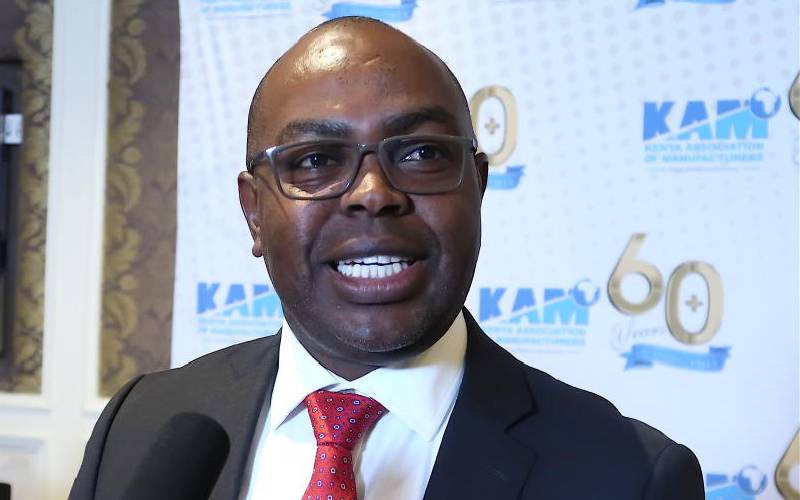You have invested your time building rapport with business prospects. You’ve showcased your products or educated them on the services you provide. Now it is the most important part of the process: bringing home the sale.
Sales is the backbone of any business. The sales department in any business bridges the gap between potential customer’s needs and the products or services the company offers to meet those needs. To make the greatest number of sales, every business owner must learn the most important step in making a sale: closing the deal. The success of your business hinges on your ability to close sales with potential customers or clients. You can have hundreds of strong leads but if you don’t close them, they’re worthless. Many sales people and entrepreneurs tend to have no problem getting leads to interested customers or clients. But few know how to close deals in short and most effective ways.
One report found that 28 per cent of sales people say after prospecting, closing is the hardest part of the job. If you want to be a pro in closing sales, you have to understand how consumers make purchasing decisions. Therefore, the rule of thumb is that the customer’s needs come first. You have to avoid coming off as too pushy.
That said, here are a few tips to help you become a pro at closing business deals and make more money:
Identify the decision maker
A large percentage of business deals hit the wall merely because you approached the wrong person. No matter the industry, identifying the key decision maker can shorten the negotiation process for you. For instance, if you’re selling to an organisation, it would be better to arrange a meeting with the head of department rather than a representative.
If a decision maker sends a representative for the negotiation, try to think of the decision maker’s interests. The representative will probably consult them before closing the deal anyway.
Recognise the buying window
Even if you get through to the decision maker, a sale might fail because you missed the buying window. As sales guru Jeb Blount puts it “You have to follow your target and get a little bit ahead of the buying curve, so you can get in the window at exactly the right time. That’s how you close the deal.”
Before you create proposals, send samples, and make visits to pitch, you have to find out the prospect’s buying window. If you’re selling to a company, they might have a specific time when they’re intending to make purchases. Ask questions such as: What is your timeline for making a purchase? Do you have this in your budget? Make sure you get a date when you can check back if they’re still interested. Then you can direct your time and effort towards pursuing other prospects.
Prepare for objections
When preparing a presentation for a prospect, you should be ready to address potential objection that might hinder the sale. Consider preparing a “landmine map” where you outline anticipated problems and your solutions to them. When you’re well-prepared, you can give a thoughtful response and reduce resistance.
It’s also useful to know your competition. In what areas are you better than them? Do your research and make note of why you’re the better option. Make sure to highlight these selling points to your prospect.
Create a sense of urgency
To nudge your client towards a quick close, you can give them a time-limited incentive. For example, you can offer them a discount. This tactic is known as the urgent close. It is particularly useful when you sense that the prospect is on the fence. The trick is to inspire immediate action by creating a time limit.
Stay informed. Subscribe to our newsletter
You might say something such as “Please remember that the discounted price is only available till Friday!” or “Please keep in mind that this offer is only available this week. Let me know your decision as soon as possible.”
However, you must take care not to sound desperate. If you have adequately demonstrated why they need your product, creating scarcity might help them pull the trigger.
Remain positive
Do you believe you found the right prospect for your products or services? By drawing on the power of positive thinking, you can persuade the prospect to close the sale. In sales, this is known as an assumptive close.
However, take care not to ignore what the prospect is telling you. Pay close attention to their interest and engagement level, and objections throughout the sale process. One of the best ways to do this is by asking questions such as: Does this meet a specific need that you have? Does this sound like something you’d be interested in? Did this presentation meet your expectations?
By asking the right questions and paying attention, you can tell if an assumptive close will have the desired effect. End the negotiation with a statement that assumes the deal is already closed. For example, you can say “We can deliver 300 pieces of product. Does that work for you?” or “You can choose between design A and B and we can implement it right away. Which option do you like best?”
The trick is to give the prospect an action item. If they’re ready, they just have to give their affirmative to close the deal. If they’re not ready, they will feel the need to explain their “no”. You can still discuss about how to get a “yes” or opt to leave it at that.
[email protected]
 The Standard Group Plc is a
multi-media organization with investments in media platforms spanning newspaper
print operations, television, radio broadcasting, digital and online services. The
Standard Group is recognized as a leading multi-media house in Kenya with a key
influence in matters of national and international interest.
The Standard Group Plc is a
multi-media organization with investments in media platforms spanning newspaper
print operations, television, radio broadcasting, digital and online services. The
Standard Group is recognized as a leading multi-media house in Kenya with a key
influence in matters of national and international interest.
 The Standard Group Plc is a
multi-media organization with investments in media platforms spanning newspaper
print operations, television, radio broadcasting, digital and online services. The
Standard Group is recognized as a leading multi-media house in Kenya with a key
influence in matters of national and international interest.
The Standard Group Plc is a
multi-media organization with investments in media platforms spanning newspaper
print operations, television, radio broadcasting, digital and online services. The
Standard Group is recognized as a leading multi-media house in Kenya with a key
influence in matters of national and international interest.








